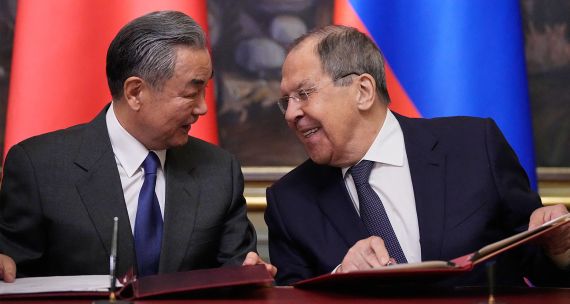Prime Minister Justin Trudeau begins his first official visit to China on Tuesday ahead of the G20 leaders’ summit in Hangzhou. This is a critical and somewhat uncertain time in Canada-China relations, and Canadians will be watching intently to see how Ottawa fares as it seeks what the Prime Minister has described as “a closer, more balanced relationship.”
With bilateral trade worth $85.3-billion last year (including nearly $20-billion in Canadian exports), China is now Canada’s second-largest global trading partner. And with its burgeoning, digitally connected middle class of 630 million people, China has developed an insatiable appetite for quality goods and credible services from reliable trade partners.
Canadians generally recognize the enormous economic and cultural opportunities a closer relationship with China will bring, and the importance of engaging positively and pro-actively for the future prosperity of Canadians, particularly young Canadians, in the new global economy.
But Mr. Trudeau hits the peg of popular opinion on the head when he states foremost and unequivocally that the relationship must also be more balanced.
According to the Asia Pacific Foundation of Canada’s new 2016 National Opinion Poll: Canadian Views on Asia, released Monday, Canadian support for deeper engagement with China lies in that balance.
Canadians do report having more positive feelings toward China than they did in 2014: Nearly half of Canadians, 49 per cent, see the growing importance of China as more opportunity than threat, up from 41 per cent two years ago. Our poll also found that 50 per cent of Canadians say they could probably be persuaded to support a closer economic relationship with China if more information was available. And on the trade front specifically, almost half (46 per cent) of Canadians support a free-trade deal with China, up from 36 per cent in 2014.
But there are some aspects of engagement with China that Canadians continue to find disconcerting, particularly regarding the Chinese government’s policies at home and abroad. Nearly half of Canadians (46 per cent) believe there will be a significant military conflict in the Asia-Pacific in the next 10 years, with 65 per cent of Canadians citing China’s growing military power as a threat to the region.
And while Canadians are relatively positive on private investment from China, they remain distrustful of its state-owned enterprises (SOEs). Only 11 per cent of Canadians support investment by Chinese SOEs in Canada.
But perhaps most significantly, Canadians hold strong and consistent views on human-rights issues. Half of Canadians (51 per cent) are willing to risk lost commercial opportunities if human-rights concerns exist with a partner in Asia, while 76 per cent say Ottawa should raise rights issues with potential Asian partners.
In the specific case of China, the percentage of Canadians who believe human rights are improving there is trending downward, with 35 per cent of Canadians saying it’s getting better, compared with 39 per cent in 2014.
Mr. Trudeau’s government is to be commended for its commitment to pursuing Canada’s interests through renewed economic, political and social engagement with China. And certainly an Asian engagement strategy must account for the politically diverse systems and regimes that define the region. But striking a balance with Beijing presents its challenges.
Consider the immediate $2-billion threat to Canada’s canola exports over intransigent dockage restrictions. Or China’s aggressive expansionist policies in the South China Sea. Or the crackdowns on non-governmental organizations and civil-society groups. Or the recent Ottawa news-scrum debacle featuring the Chinese Foreign Minister.
These issues do little to alleviate Canadians’ perceptions of a partner playing by a different set of rules. But it is imperative that Ottawa stay the course and lay the groundwork now for the long game that will define the Canada-China relationship in the years ahead. How should the Prime Minister’s team signal a new phase of constructive engagement, both to government and business officials in China and to Canadians back home?
First, demonstrate that China is not the only game in town. Emphasize the real, working benefits of last year’s Canada-South Korea free-trade agreement and Canada’s overture this month to the Association of Southeast Asian Nations on a free-trade agreement feasibility study. Indeed, state emphatically that Ottawa will be pursuing the conclusion of the Canada-Japan Economic Partnership Agreement and the Canada-India Comprehensive Economic Partnership Agreement.
Second, propose a series of collaborative initiatives with China that align with Canadian economic interests but also meet the litmus test with the Canadian public as positive engagement on issues of critical concern to them, such as climate-change mitigation, environmental remediation, human rights, good governance, jobs and growth. Seed bilateral initiatives, such as Canada-China national centres of excellence for research collaboration, or co-funded policy centres that demonstrate to Canadians the necessity and value of collaboration.
Canadians firmly believe commercial engagement with China must factor into a wider commitment to promoting human rights. It’s the government’s task to strike that balance.
This piece was first published August 30, 2016 in the Globe and Mail.



